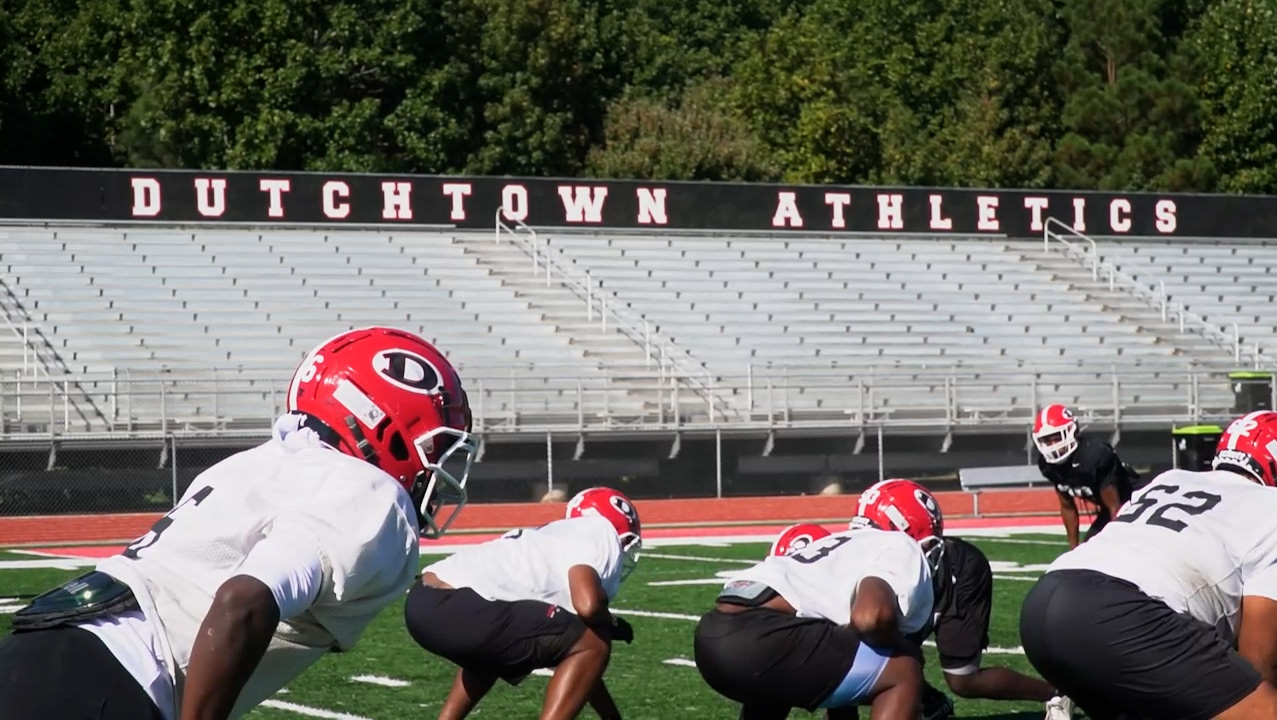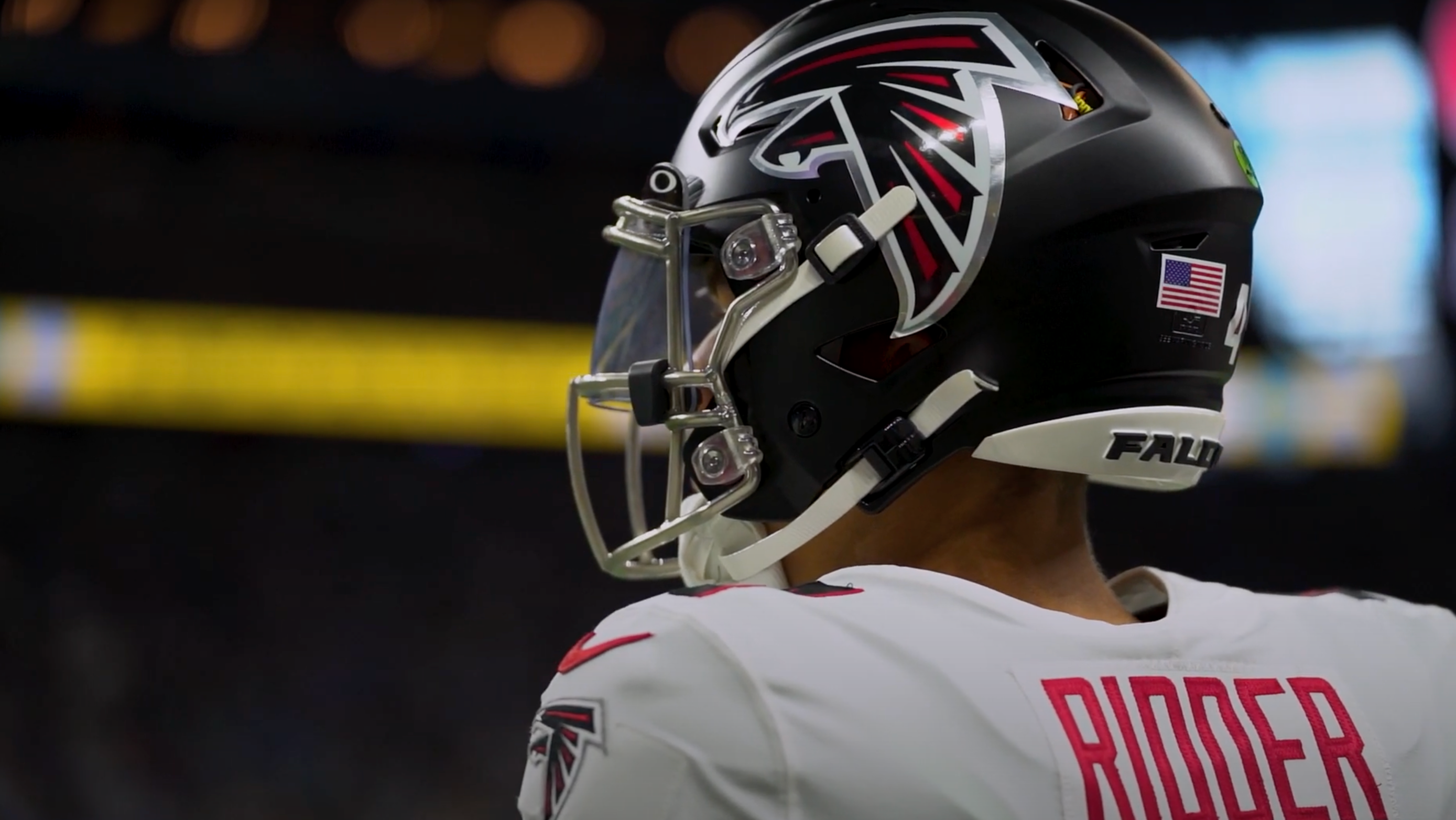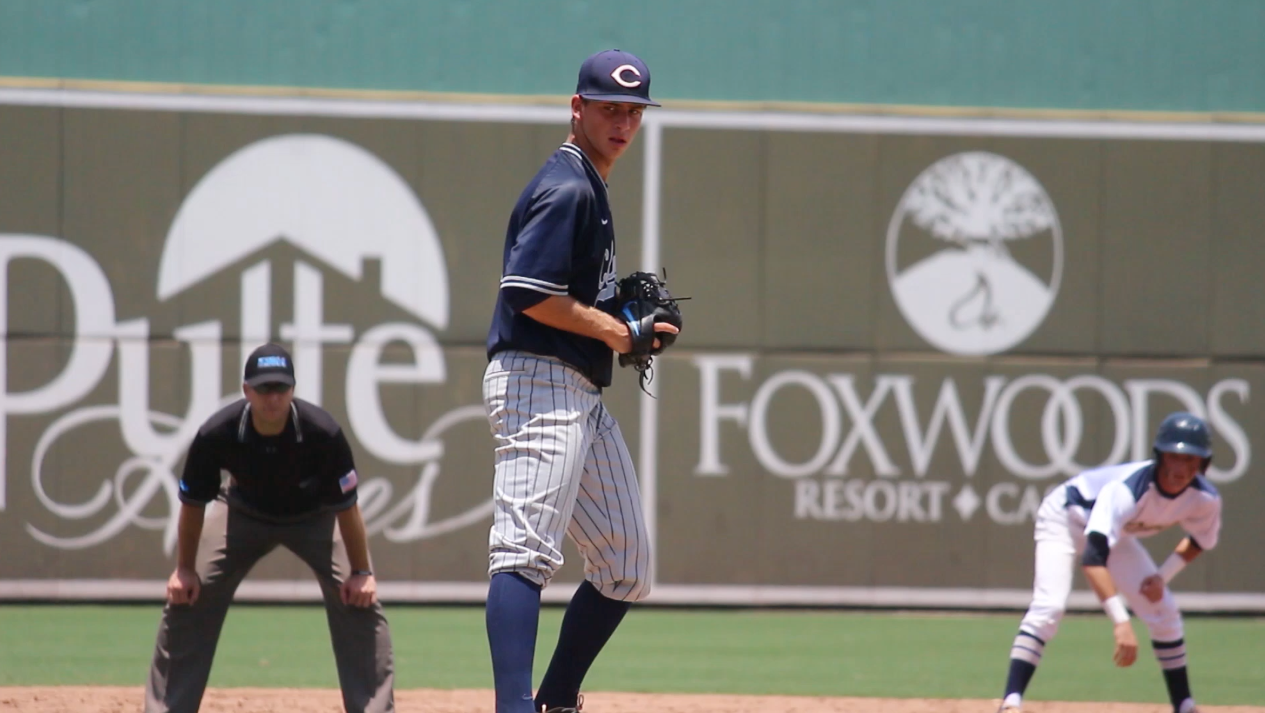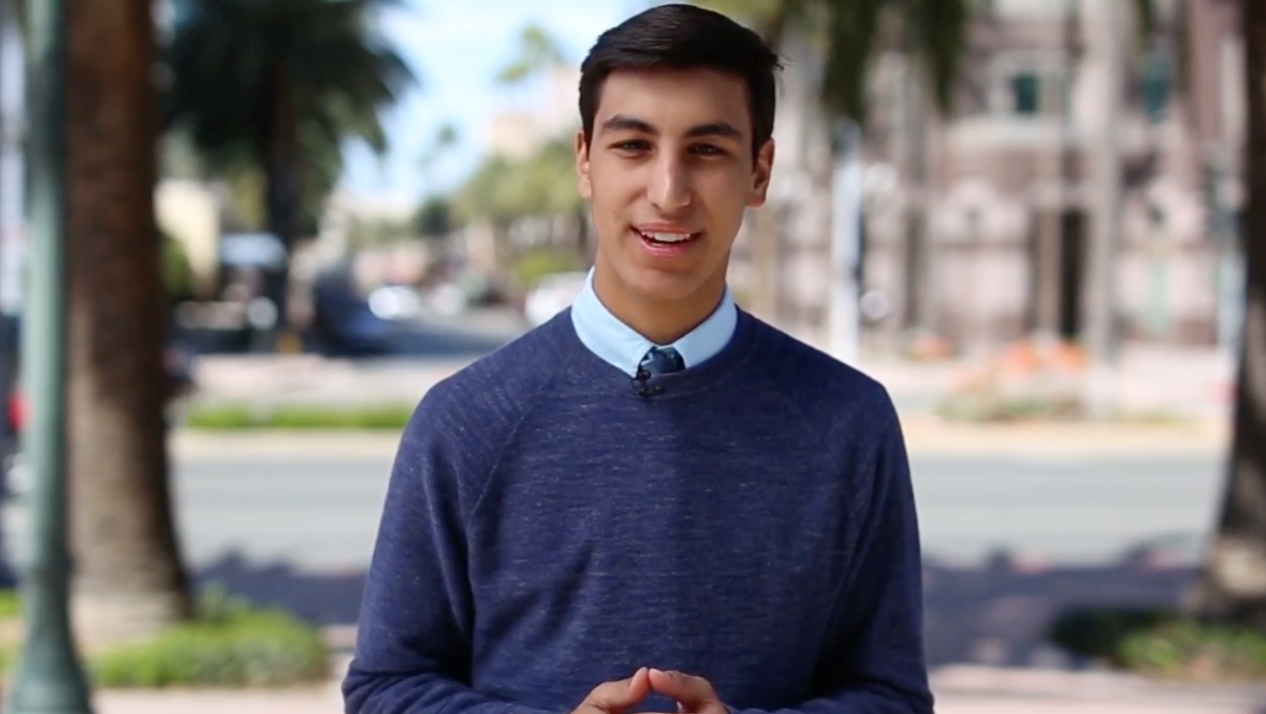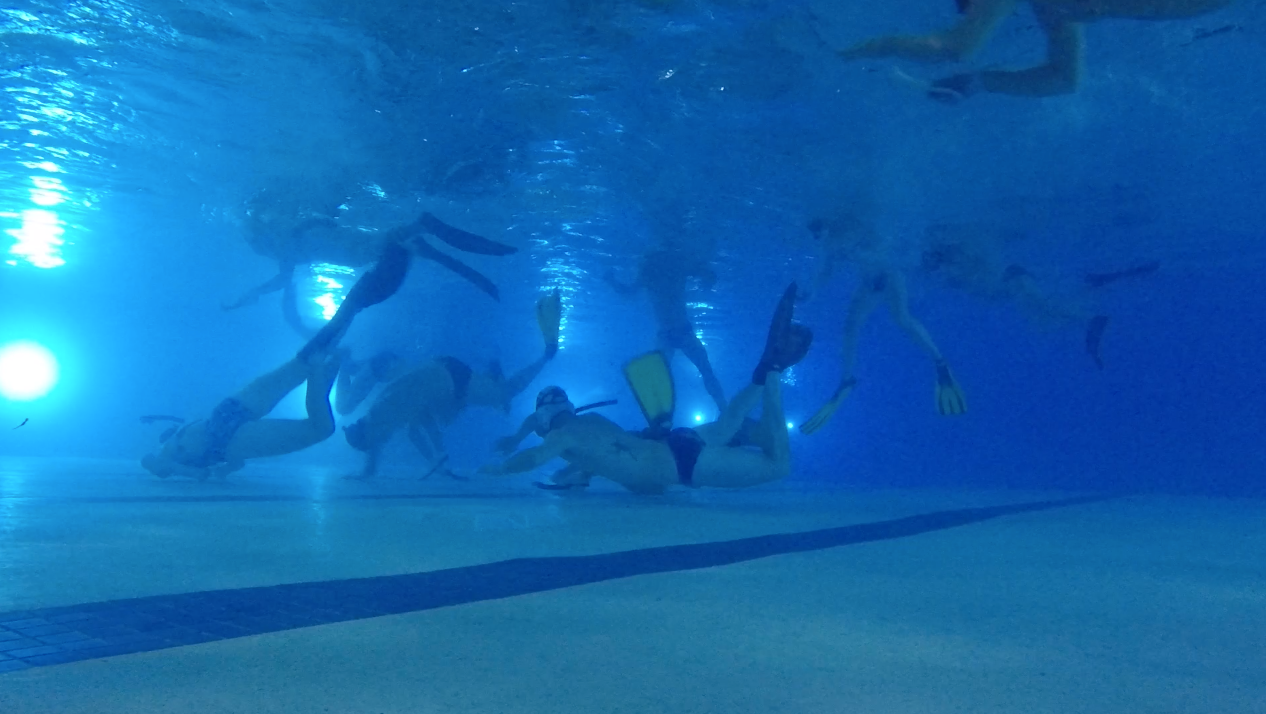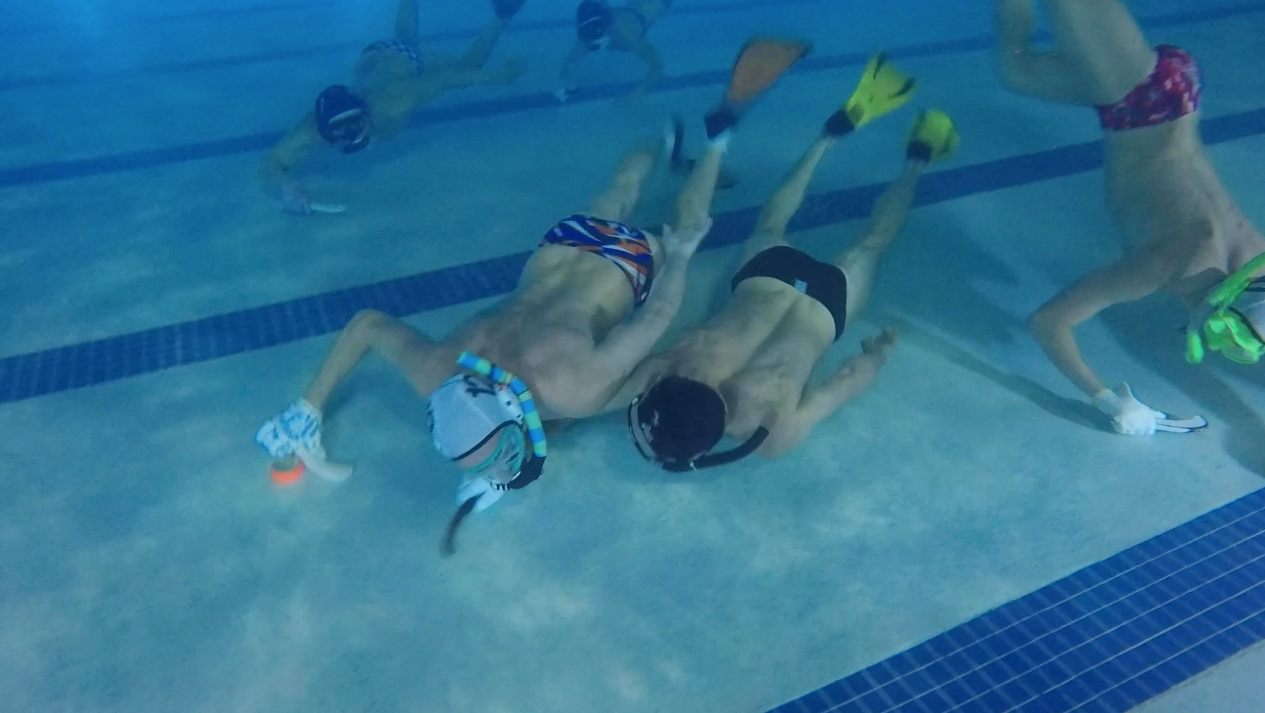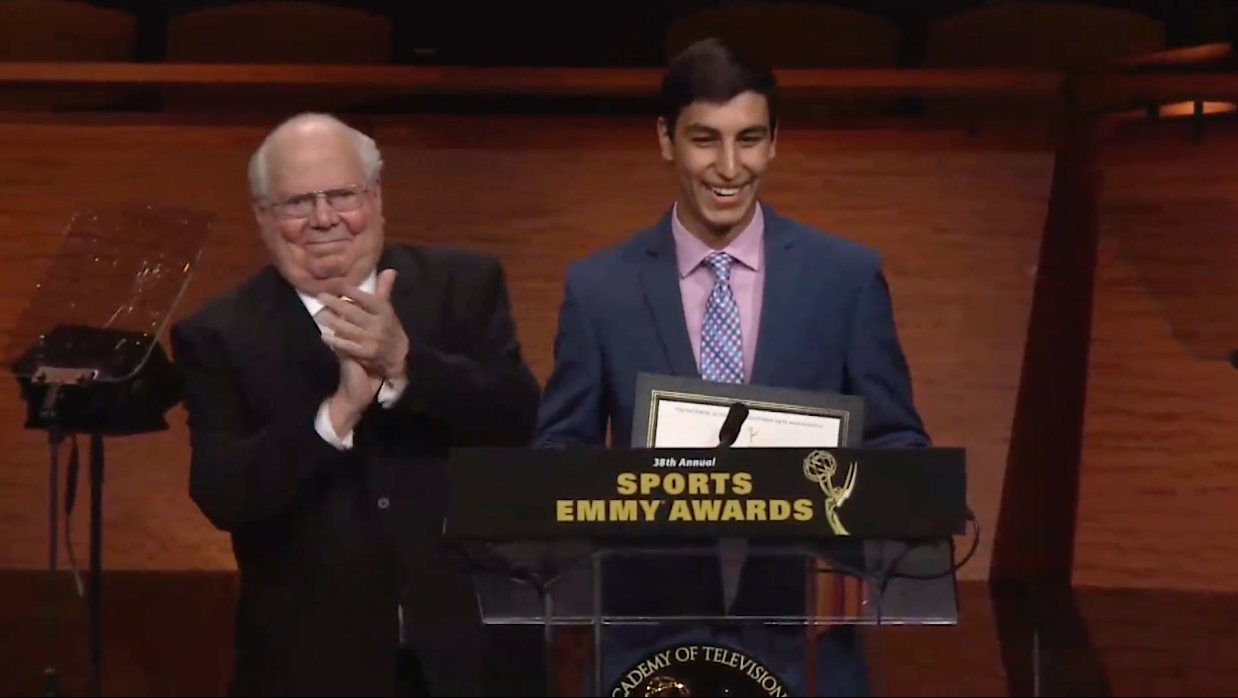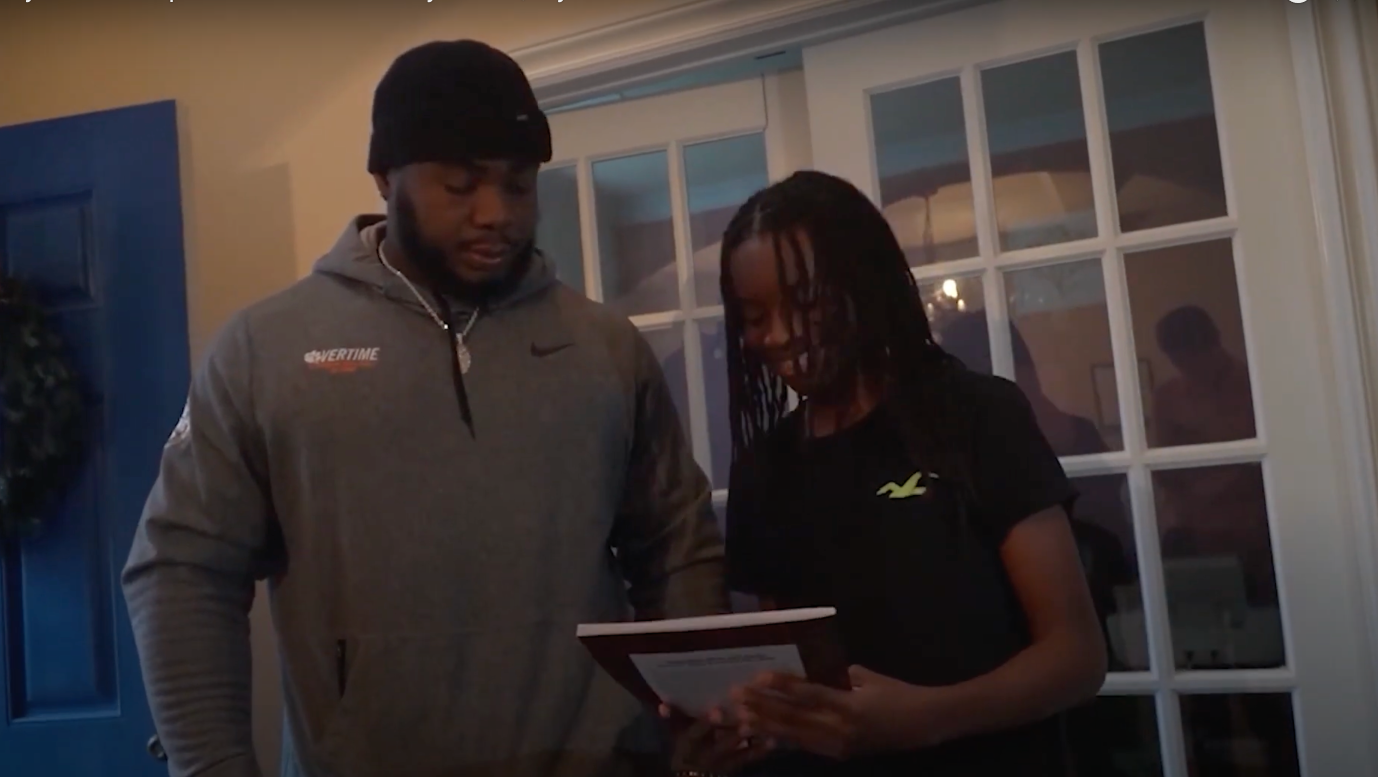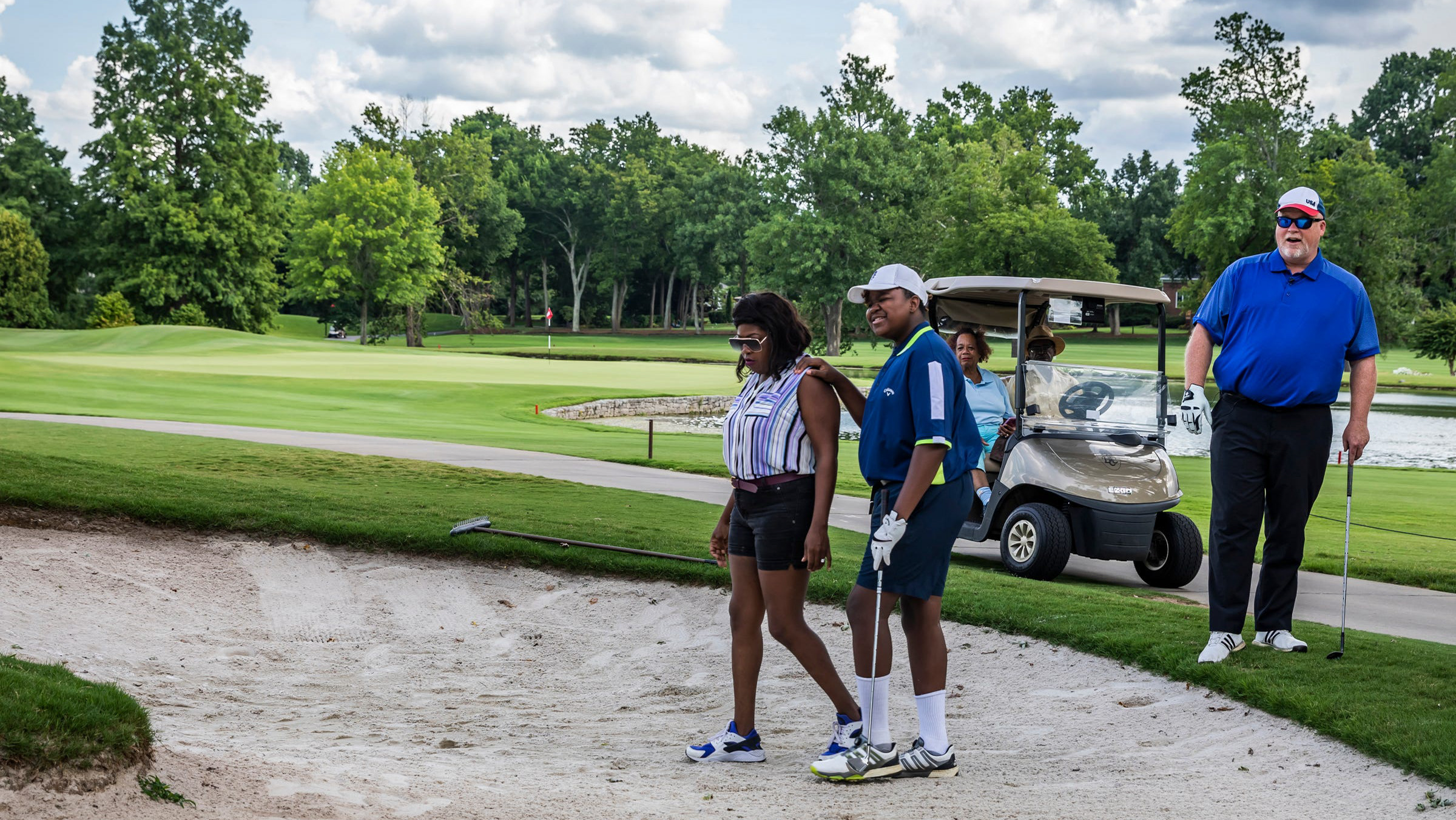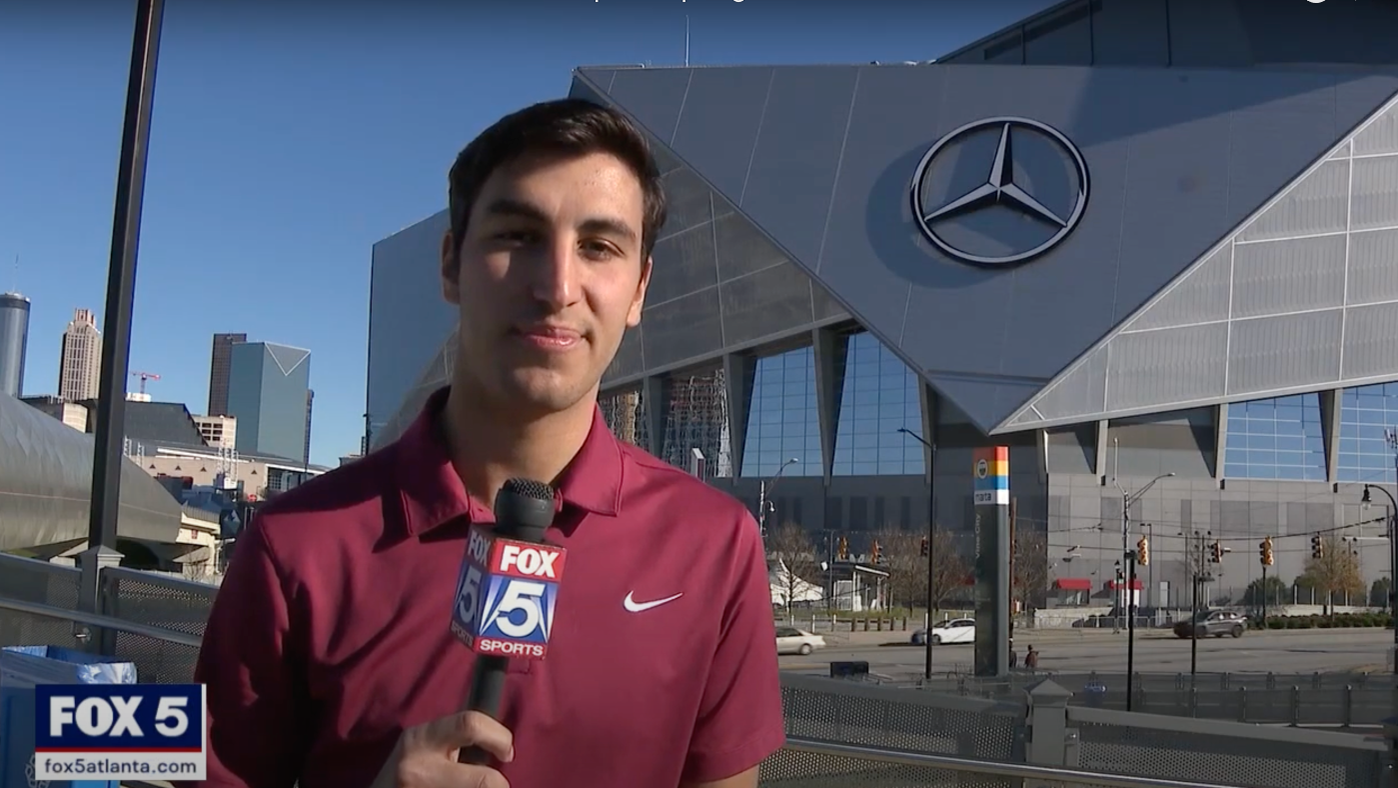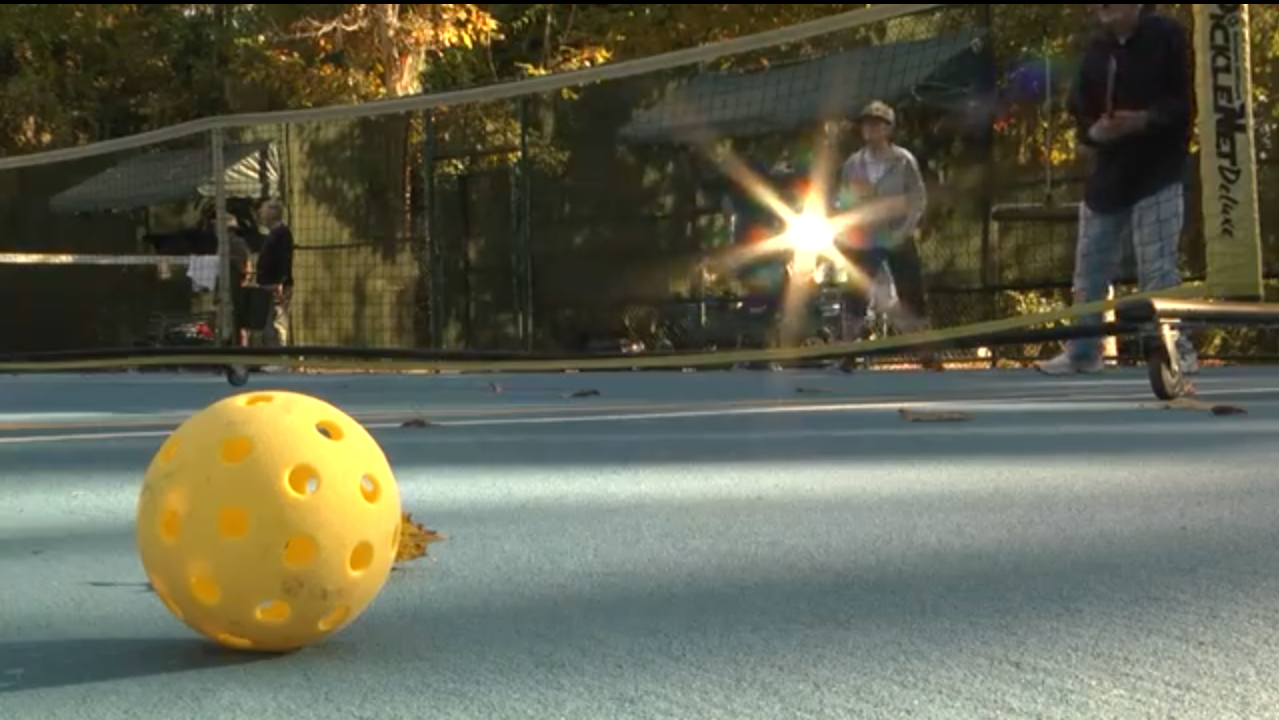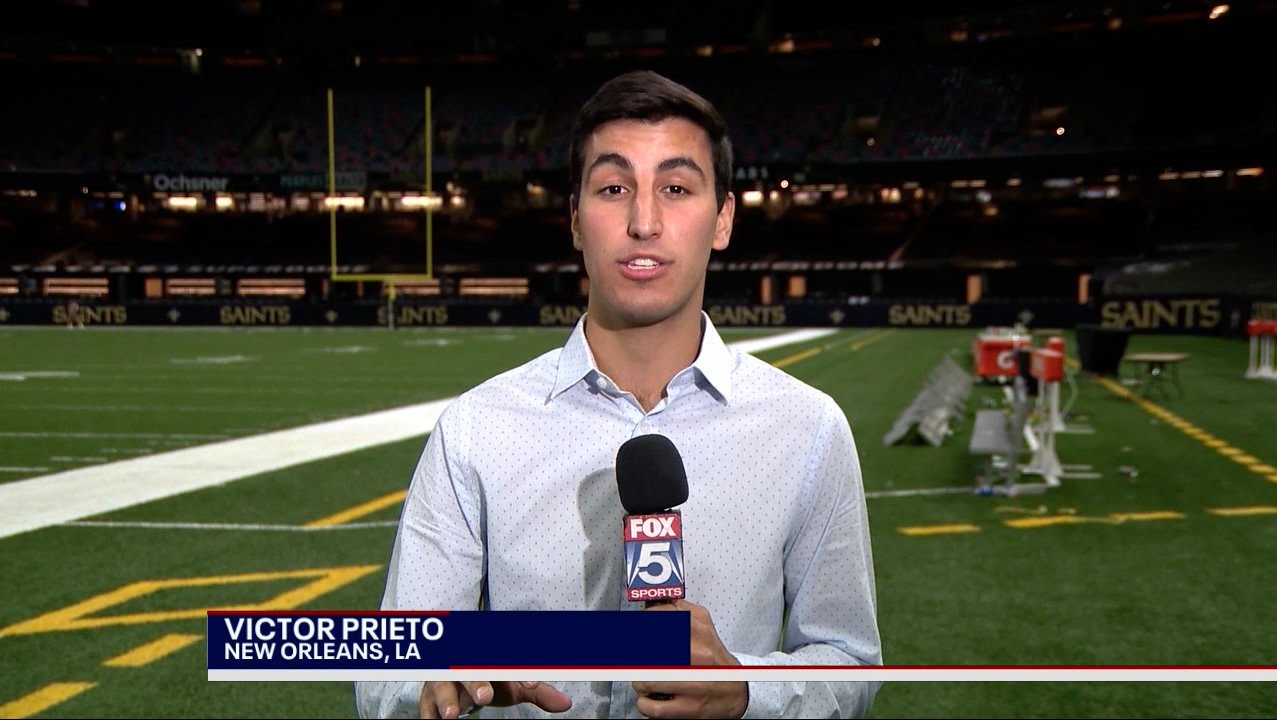LAKE CHARLES, LA – The ringing bell marks an end to another Monday at St. Louis Catholic High School. With masks on, students dash out of their week-old trailer classrooms as the excitement over a completed school day fills the air. Though school seems to be back to normal, this normal has changed.
Wood walls and blue tarped roofs stand as a backdrop to the football field – the hub of St. Louis’s new temporary campus. Rather than switching classrooms in their traditional school buildings, students are forced to swap trailers. As the football players slowly work their way to the field, they encounter wooden palettes, porta potties and two steer loaders. This sandy stretch, standing nearly 100 feet away from the south end zone and their field, serves as a constant reminder: though football and school are back, things have changed.
A pandemic is happening. Two hurricanes hit. And despite it all, players are just happy to be back on a field.
“Playing football, you know, is a sense of normalcy for us all,” sophomore tight end Brooks Habetz said. “We get to interact with each other and not have to worry about any rules or stuff like that. So it's just good to be back playing with the boys.”
15-year-old Habetz was one of many students excited to restart athletics and return to the field. A two-sport athlete, Habetz plays football in the fall and baseball in the spring. The inactivity during COVID-19 in the summer only made him more restless to get back to practice with his friends.
Hurricane Laura changed everything. What experts deemed the 10th-strongest hurricane to hit the continental United States in history, Laura wreaked immeasurable havoc on Lake Charles.
“Basically, after Hurricane Laura, there were two usable spaces on our campus,” said Athletic Director Pat Neck. “Our entire educational campus was damaged, water in pretty much every classroom, basically unusable. Our two gyms, we have an older gym that's a historical landmark here on campus.… It was damaged, the roof had significant roof damage, water leaked all over the place and the floors are pretty badly warped.”
With no buildings on campus able to house their school or sports, Neck immediately turned to the community. He began reaching out to sister-schools, hoping to get his kids in gyms as soon as possible.
“These kids need to go to school, they need to play ball,” Neck said. “We need to sit in the stands and yell at the refs. It's just part of being a human nowadays.”
The community answered the call. Schools agreed to allow St. Louis volleyball and basketball teams to practice and play in their gyms. Football was one of the few sports capable of returning to campus. For some students, those two hours of putting on pads and running drills meant an escape to this new normal that Laura had created.
“Just being a kid, you know, just having fun and not worrying about anything else,” Habetz said. “The overall aspect of just forgetting about what's at my house right now.”
Though there was no simple fix, football eased students back to this sense of normalcy many had lost for months. For some students like Habetz, though, there was no escape to the harsh reality Laura left behind.
“When me and my dad got back to our house, it was just emotional,” he said. “Because it was, it was just gone.”
Habetz and his family originally planned to stay in their house on August 27. Those plans changed around 5 p.m., when Habetz and his father decided it was best to spend the night in Ragley, Louisiana, with their uncle. When they returned to their house the next day, they couldn’t believe what they saw. Their roof was broken in pieces scattered across the front and back yards, and Brooks’ own belongings were blown as far as the entrance to the neighborhood.
“It was just heartbreaking,” Habetz said. “Just like still to this day, you know, it's kind of hard just to wrap your head around it all… you know, that was my house and I was basically raised in that. So it’s just heartbreaking.”
As the oldest of three siblings, Habetz took the burden in helping his father clean up the wreckage of their house. It was a difficult stretch for the 15-year-old, living in as many as eight different places in a two-month span before they were able to find a temporary place to settle in.
“I think when we first called that first practice, kids were so excited to put on their pads, and they were excited to run sprints, and they were excited to do the most mundane of drills, because they were kids doing grown up stuff,” Neck said. “They were tarping roofs, they were ripping out sheetrock.. and just to take those two hours and be a high school kid practicing football meant so much to them.”
The community of Lake Charles and St. Louis went through a difficult period, and they continue to recover today. Though football and sports helped weather the recovery effort and bring a sense of normalcy back to the community, the spirit in these resilient people never wavered.
“Yeah, we've been hit by two hurricanes… but people here don't really wait around for somebody to hand them something,” Neck said. “People here have, you know, banded together and helped their neighbors and helped their families, and started the rebuild process on their own.”
This includes Habetz, who despite losing his home and a part of his childhood forever, has shown the positive that can come in such a disaster. This new normal may not be ideal, but Habetz has proven through family all things can be accomplished.
“Me and my dad pulled up to our house a day after, and my dad called my uncle that we were staying at, and he basically just said on the phone, ‘we need help,’” Habetz said. “Probably an hour, hour and a half after, they were there with like three trucks, trailers, everything, and they were just helping us move stuff out. So that was probably the biggest family moment for me. That really meant a lot.”















